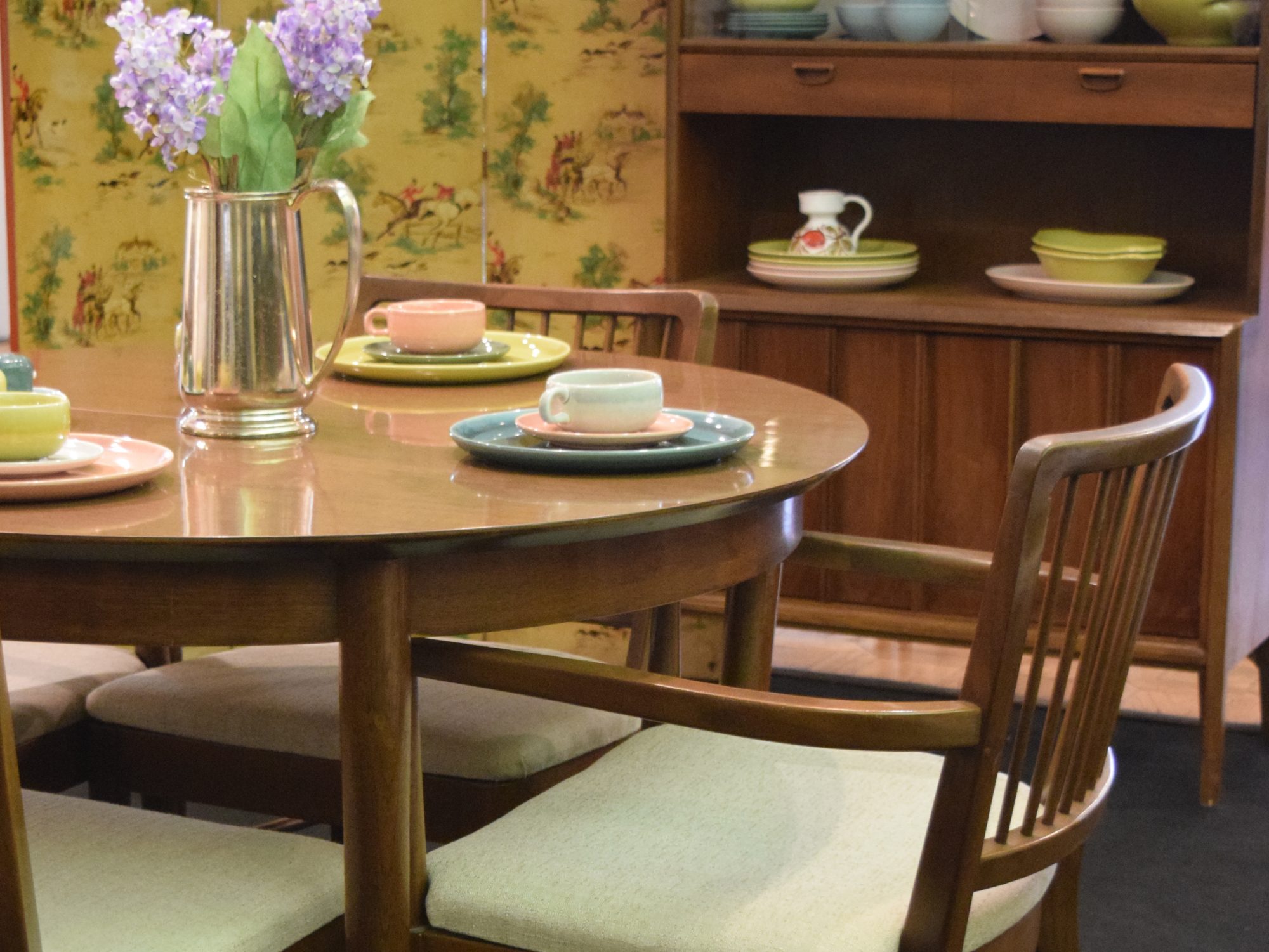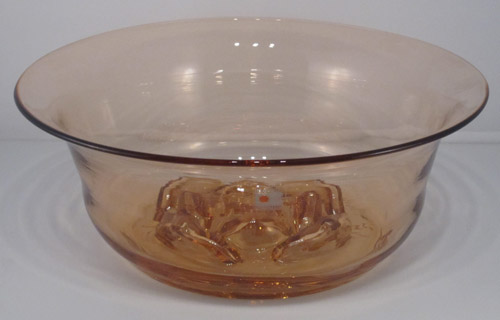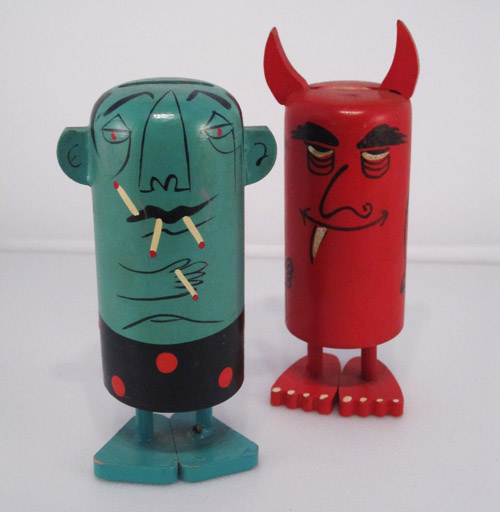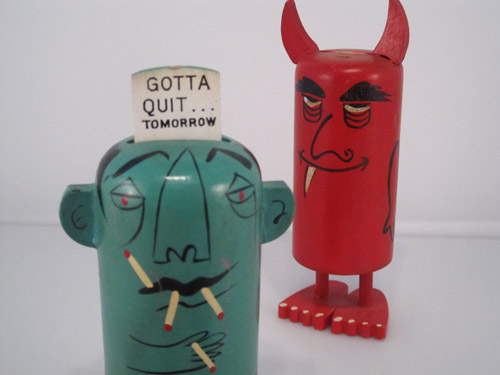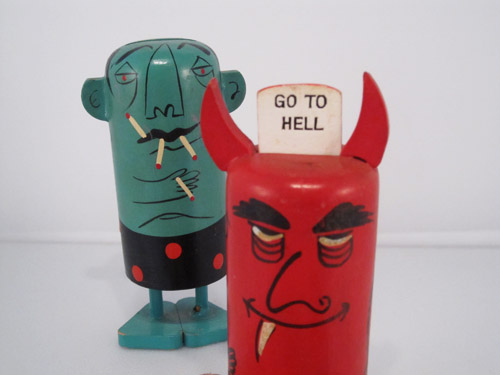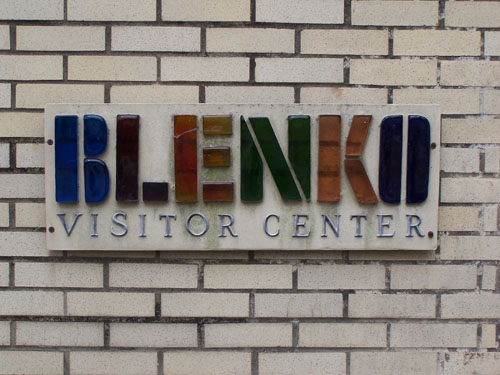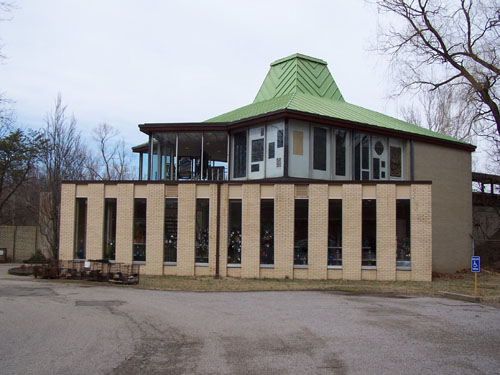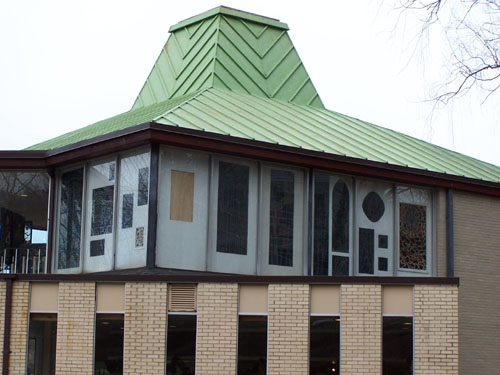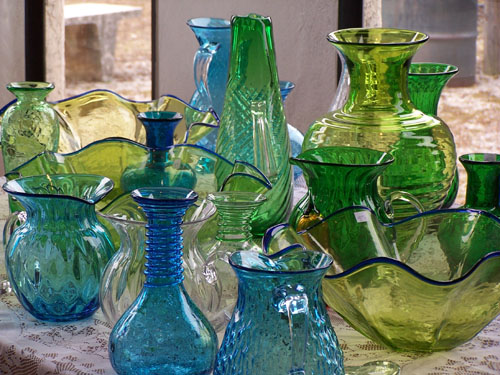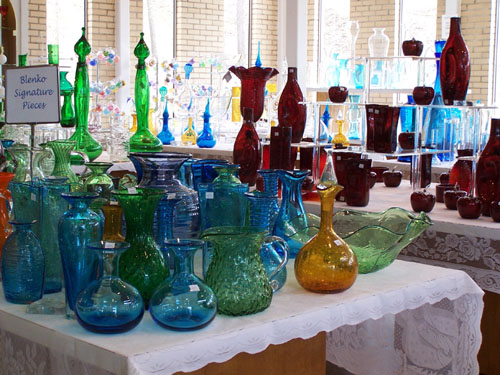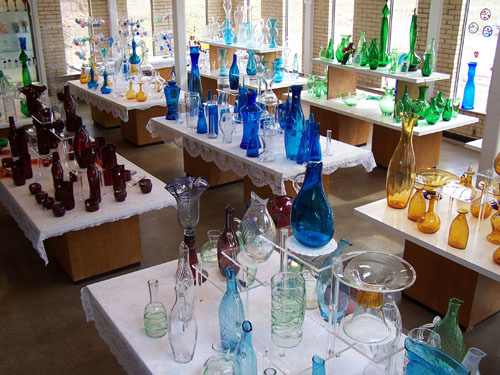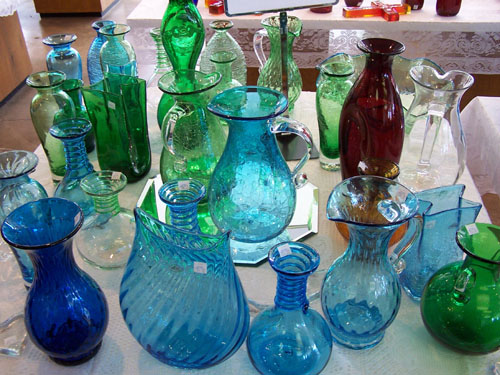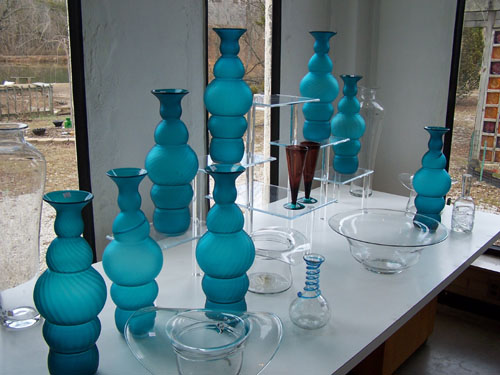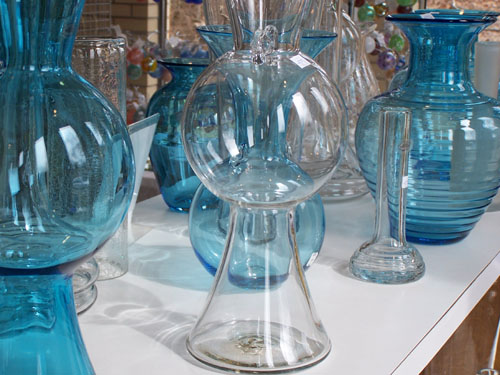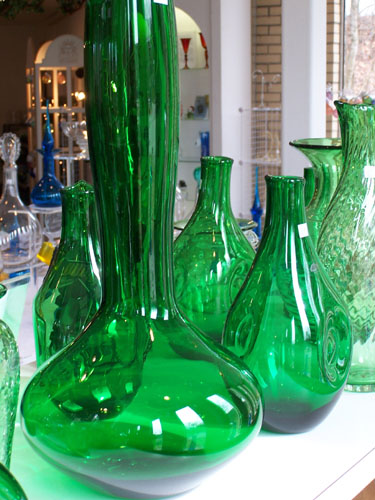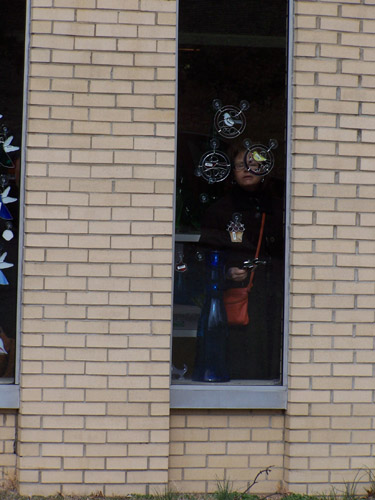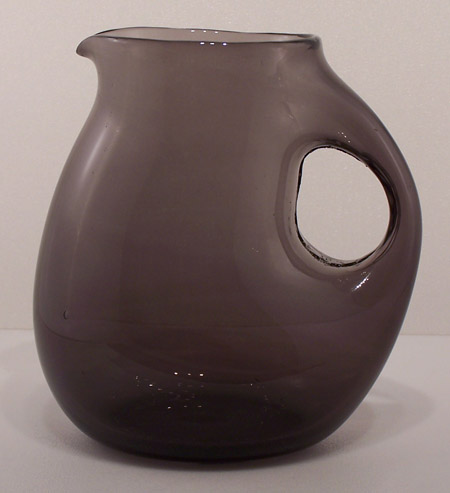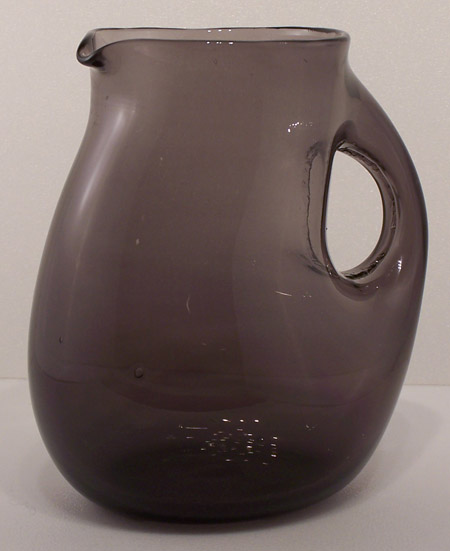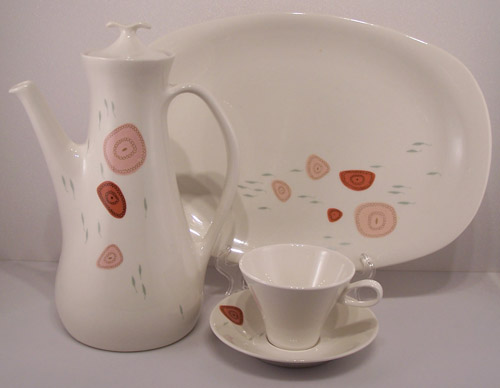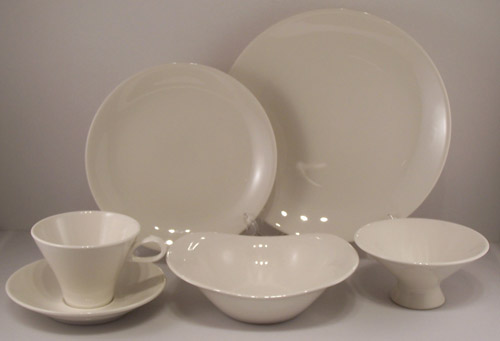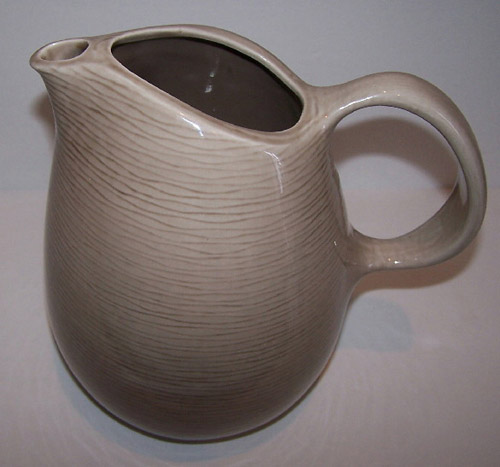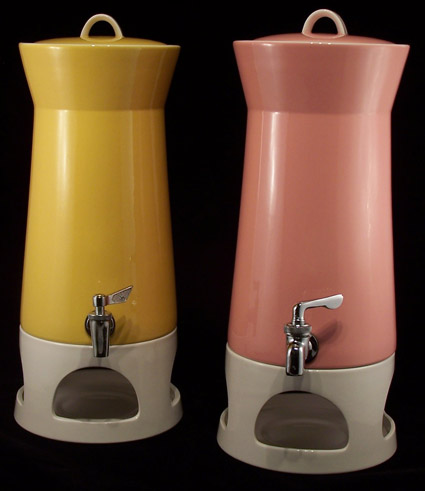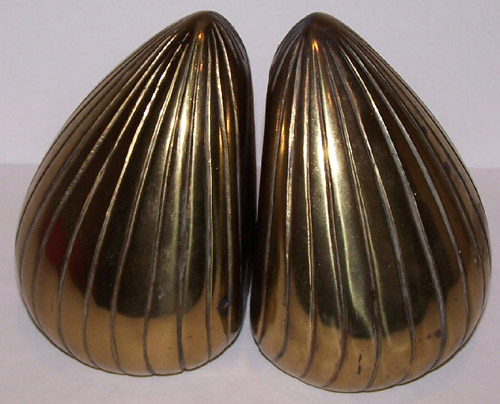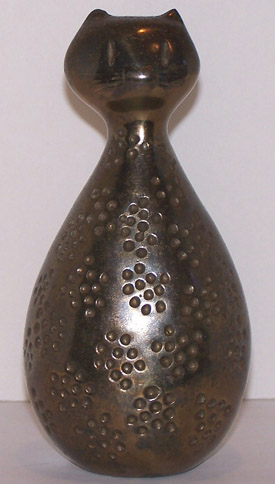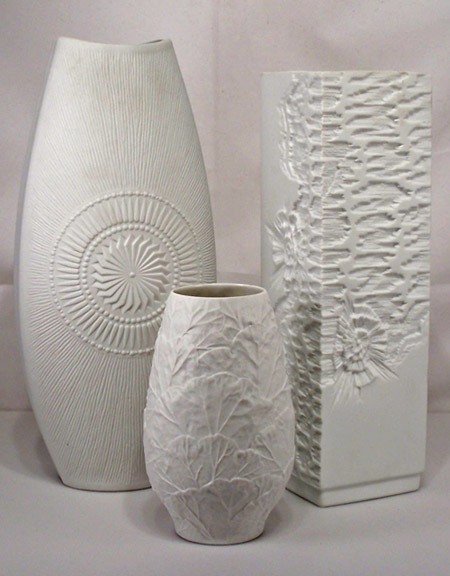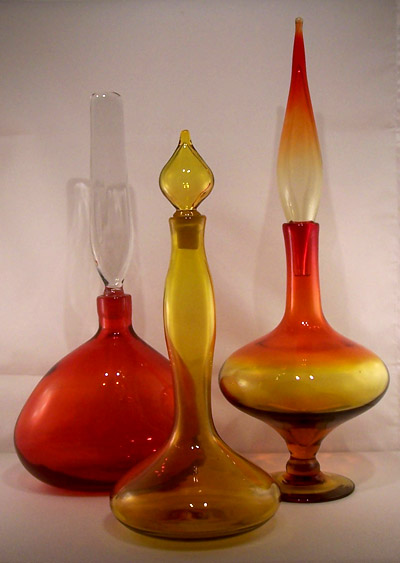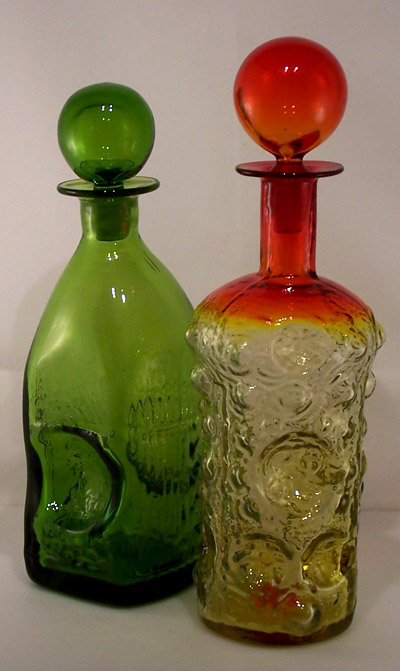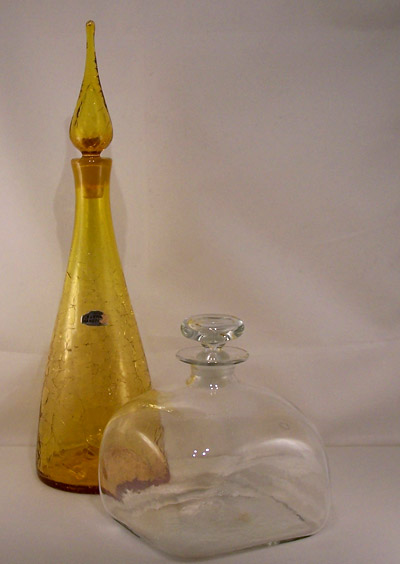
More than a decade after his death, The Purple Moon will be presenting a very rare offering of sculptures by Charleston artist and architect Robert E. Martens.
Robert E. Martens was born in Illinois in 1919 but lived most of his life in Charleston, West Virginia. Martens studied architecture at Yale University and at the Cranbrook Academy of Art under Eliel Saarinen. Martens went to work for the Charleston firm of Martens and Son Architects with his father, Walter Frederick Martens, who designed several local landmarks, including the Governor’s Mansion.
In his career, the younger Martens designed such buildings as the United Carbon Building, the original portion of the Charleston Civic Center and Alderson-Broaddus College.
His work on the United Carbon Building (now Boulevard Towers) created a landmark in Charleston where Robert Martens’ sculptures still grace the entry portico on Kanawha Boulevard – including From the Fullness of the Earth (United Carbon Man).
Martens joined his father’s firm specifically in connection with the United Carbon Building commission. At that time Robert was attending the famed Cranbrook Academy which was at the peak of its influence and creative energy. A model for the building was created by Robert at Cranbrook, under the supervision of Eliel and Eero Saarinen. The staff at Cranbrook was also involved in the design and production of furnishings for the building.
The show of Robert Martens’ sculptures at The Purple Moon from the Robert Price Collection presents works spanning the period of 1938 to 1953 and include a 1941 bronze bust of the United Carbon Man. There are also sculptures which appear to have last been shown in a one man show of the artists’ work in 1955 at Woodrum’s Department Store.
In addition to the sculptures by Martens, The Purple Moon will also present rare original photographs of the United Carbon Building by Internationally-acclaimed architectural photographer Jean St. Thomas. These photographs, taken just as the building was opened in 1941, offer a rare glimpse into the modern design sensibilities of the original interior and furnishings of this exceptional Charleston building.
The show opens with a reception at The Purple Moon on Thursday, September 17th as part of the Downtown Charleston ArtWalk from 5pm – 8pm. Music will be provided by Tofujitsu.
The Purple Moon is located at 906 Quarrier Street in Downtown Charleston and hours of operation are Tuesday – Friday 11 a.m. to 5 p.m. and Saturdays from 10 a.m. to 4 p.m.
